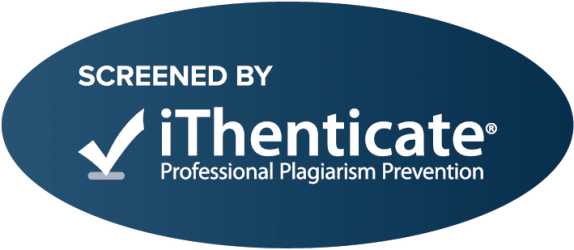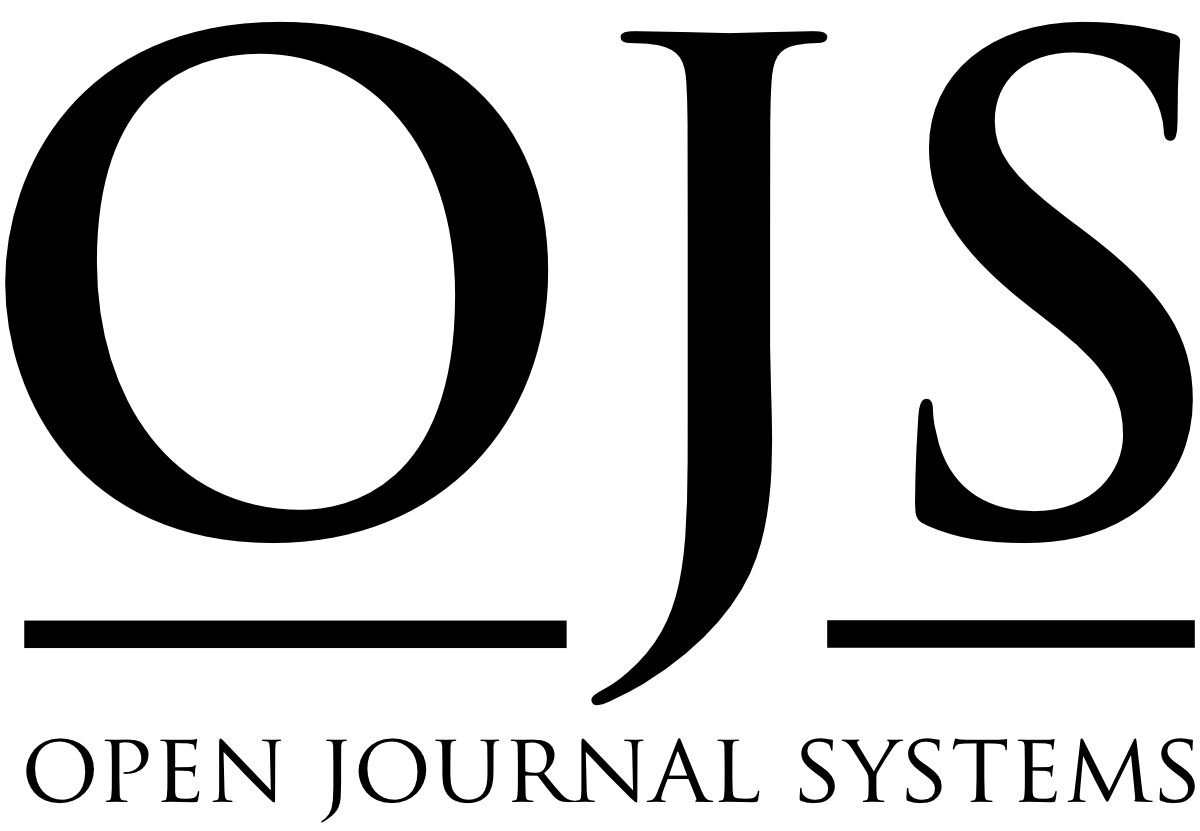Submissions
Submission Preparation Checklist
As part of the submission process, authors are required to check off their submission's compliance with all of the following items, and submissions may be returned to authors that do not adhere to these guidelines.- The submission has not been previously published, nor is it before another journal for consideration (or an explanation has been provided in Comments to the Editor).
- The submission file is in OpenOffice, Microsoft Word, or RTF document file format.
- The text follows APA7 rules; is single-spaced; uses an 11-point font; employs italics rather than underlining (except with URL addresses); and all illustrations, figures, and tables are placed within the text at the appropriate points, rather than at the end.
- The submission has a Title Page including all author information (Name-Surname, Affiliation, Email, and ORCID id)
-
The [Blind Review Text] submission does not reveal the identity of the authors and does not contain author information.
- The submission has a Similarity Report (the report may be obtained through ITHENTICATE). The similarity percent is 15% or less, and each citation is less than 3%.
- The Editors of the PERR journal fully respect the ethics of social research and the Authors' obligation to obtain the approval of the Ethics Committee in cases of research that are conducted clinically and experimentally with human participation. We require authors to submit Ethical Approval Page or to indicate in the article that an Ethics Committees approved the research before the research began.
- The text adheres to the stylistic and bibliographic requirements outlined in the Author Guidelines.
- Where available, URLs for the references have been provided.
- The Editors of the PERR journal also recommend that the Authors indicate the grant numbers if their research was carried out under a given research grant.









